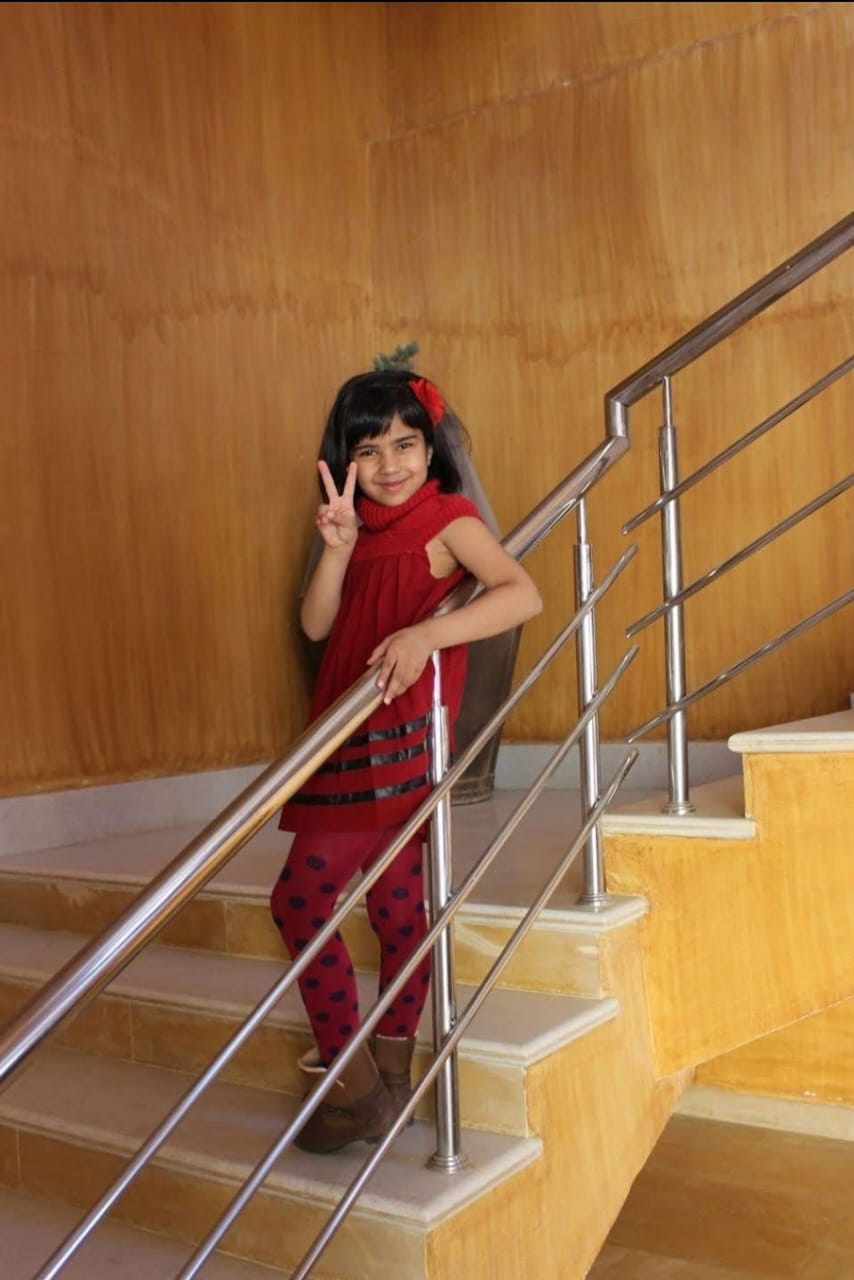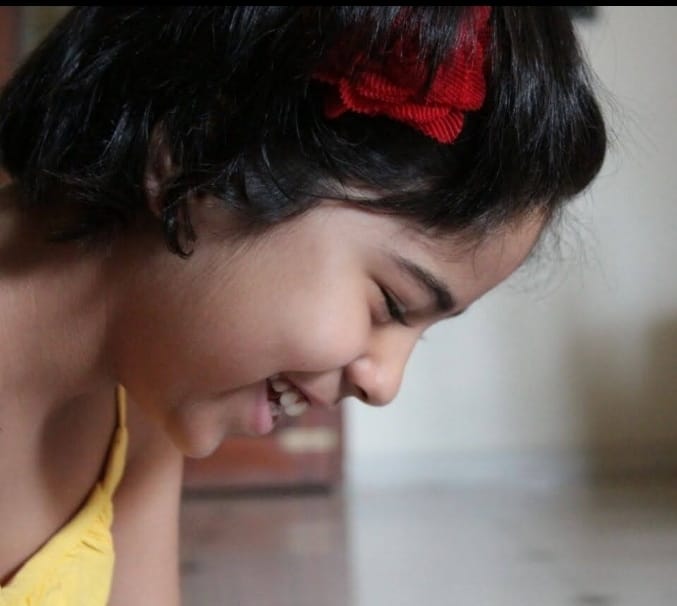Being diagnosed with Type 1 diabetes at the age of seven was life-changing to say the least, in every way.
Read about my diagnosis story here: Growing Up with Type 1 Diabetes: My Story from Diagnosis to Empowerment.
Diabetes has been around for centuries. Early cases of diabetes can be traced as far back as the ancient Egyptians. But that doesn’t make it any less challenging.
Type 1 diabetes is an autoimmune disease in which our immune system attacks the beta cells of the pancreas—the cells that produce insulin in the body. The immune system attacks those cells, damaging the cells to the extent that they are not able to produce any insulin or only minimally. To replace that hormone, one needs to take insulin from an external source such as an insulin pump or injections. One also needs to take blood tests continuously, to monitor them so that one can take the insulin dosage accordingly. Nowadays, there is CGMS—Continuous Glucose Monitoring System, which eliminates constant blood testing.
Initially, after the diagnosis, I was on blood tests and injections.
As a seven-year-old, I had to take around 11 to 12 blood tests a day and inject myself six to seven times with insulin.
This went on for almost two years. I think it was toward the end of third grade that I got my first insulin pump, Medtronic—it was a wired pump attached to my body. Yet, it was a huge relief as now I didn’t have to inject myself all the time. I only had to change it every three days. In fourth grade, we got the newer model, and the pump was now available in India.
My younger brother was diagnosed the same year, and within six months, he got a wireless pump, Omnipod, that wasn’t available in India. I got the same one when I was in fifth grade. I also started using a CGMS device for the first time, called Dexcom. This made life a little better for everyone because now my mother didn’t have to take my blood tests all the time.
It was hard accepting that I have Type 1 diabetes, especially when I was little. I don’t remember much, but I’ve heard I used to throw a lot of tantrums while getting my insulin injections because, of course, they hurt.
Since I was so young at the time, my memories are sporadic. My mother, who suffered emotionally and mentally as much if not more, has a more vivid recollection.
In my mother’s words:
“While walking out from the hospital toward the parking lot (on the day of the diagnosis), my husband and I encountered a relative, and the words he said pierced our ears and our hearts. He gave us the example of a friend of his with this condition, and that she has to inject herself all day. And that, how miserable life is for people with Type1 diabetes. I hated him instantly.
When I got back home that night from the hospital, my father-in-law consoled us and cried himself too. I felt as if I had lost my child. I would weep all day and night. As family members celebrated their happy moments, I felt heartbroken.
I was told heartlessly by several relatives calling or visiting to console me, either: ‘It’s just diabetes, get over it’ or ‘Oh poor you.’ I didn’t want the pity, but I didn’t want the dismissal either. My daughter’s childhood and life were forever changed by this diagnosis. Empathy and support would’ve been more appropriate.
I watched my innocent child go literally bald due to the effects of initial high sugar levels, and her daily crying over injections and blood tests made me weak. I used to do blood tests 8-10 times a day, followed by injecting her with insulin 4-6 times a day.
It was overwhelming for Prisha, but also for me, being her primary caregiver at the time. I would go to her school twice, once at lunchtime and once to pick her up, repeat the blood tests, and also inject insulin. I woke up at regular intervals at night to do the same.
She eventually came to accept the reality of her life, and I have seen her blossom in a way that makes me proud. She was a happy-go-lucky child and took most things in a positive way. She loved when I visited her in school, turning a tedious task into something cheerful in her mind—that she gets to see her mother in school!”

My diagnosis was a tough turn in our whole family’s life.
Gradually, I started accepting the situation more and more. I still wasn’t open about it to others. My parents and I were scared about how relatives would react—either they would pity us or they would say things like—what will become of her, she would never be independent, and so on.
Then in school, there was bullying. I used to hide my devices and my diabetes condition as much as possible up until 8th grade.
It was not until on Instagram that I started seeing several diabetic influencers being so open about it and being so positive and encouraging, that I finally decided: “Yes! I can be open about my devices; I can be open about my diabetes–with everybody because it is going to stay with me for the rest of my life. I have to accept it, and I should not care about the opinion of others.”
It feels so much better now—not having to hide it anymore.
~
In my next blog, I will share the day-to-day challenges that came with living with diabetes. Follow my journey here.
~
Please consider Boosting our authors’ articles in their first week to help them win Elephant’s Ecosystem so they can get paid and write more.



Read 10 comments and reply